The content of the article
Starch is a natural component, as a result of which it is considered to be hypoallergenic. To date, not everyone knows how to properly starch things with folk methods. Housewives use newfangled tools that are so crammed with chemistry that there is a risk of developing allergies. Formulation of folk remedies went far ahead. Prepare the composition for the procedure is not difficult, besides, you will save hard-earned money.
Why starch things
To give an image of elegance and completeness, it is enough to pay due attention to detail. Started headbands at a skirt, a belt of high short bermudas, a cuff and, of course, a shirt collar — all these details cannot be imagined without the use of starch. The overall look looks expensive and neat, which greatly increases the respect of others.
As for tablecloths, cotton towels and napkins under kitchen appliances, they look clean and stylish.Due to the specific glossy shine table becomes a solemn look, even in everyday life.
An important reason for the use of starch on things is practicality. After the procedure, a thin invisible film forms on the surface of the product, which prevents dirt from entering the fabric structure and simplifies the washing process. Also the starched things practically do not crumple.
If the procedure takes place on bedding, it becomes fresh and crispy. The scope is quite wide, starch is used to smooth out lace and knitted items.
How to starch things at home
Training
Before you prepare a solution of starch, it is necessary to conduct a thorough inspection of the product. Make sure that there are no yellow or oily stains on the clothes, otherwise you will need to remove them.
- If you decide to starch the shirt, which for some reason grayed or yellowed, you can whiten it beforehand. For these purposes, use a 6% solution of hydrogen peroxide diluted with water in a ratio of 1: 3.Soak the product in the composition, wait 10 minutes, then wash it in a typewriter using a bleaching powder.
- To remove the wine stains or the remnants of fruit juice, use a mixture of vodka with glycerin. Mix in capacity 50 gr. vodka and 35 ml. glycerin, let it brew for 10 minutes, then apply locally to the stains. Wait 15 minutes, then send the product to the washing machine.
- It perfectly removes stubborn dirt and removes the characteristic shade of "old" things with the soap marked "Antipyatin." You can also treat the product with household soap or tar soap with the maximum amount of the active ingredient (60-72%). Such tools have proven themselves well, since in a short time they remove stains of any complexity (fat, wine, wax, mold, rust, etc.).
After you have cleaned the clothes, you can safely proceed to the procedure.
Technology
There are several cycles of starching things: soft, medium and hard.
Soft cycle should be chosen in those cases, if you need to starch things from chiffon, thin knitwear or batiste.
The average intensity is suitable for bed linen, cotton towels, napkins, tablecloths, shirts, blouses and other similar categories of things.
A rigid cycle is preferable for products whose individual parts require stiffening (cuffs, collar, skirt / shorts edge, table napkins for appliances). It is also used to handle handicraft items.
Regardless of the type you choose, you will need to take care of starch to begin the procedure. It does not matter what type it will be: corn, potato, wheat.
- Pour 1 liter of water at room temperature into a pot or other heat-resistant dishes, slowly begin to pour 40 grams. starch while stirring. For convenience, you can pre-pass the dry starch through a sieve to prevent the formation of lumps.
- Add a little boiling water to the prepared solution to get a completely clear liquid. If you notice that the dregs do not disappear, put the pan on the stove and wait for boiling (4-8 minutes).
- If the liquid is viscous, pour a little water at room temperature into the solution. Pass the resulting solution through several layers of gauze, completely excluding lumps.
- Pour the composition into the basin, place the product and stir a little so that the thing is soaked. Wrap the container in polyethylene, leave for half an hour.
- After the expiration date, remove the product, squeeze it a little, but do not twist it into a bundle in order not to damage the fabric structure.
- Hang clothes on hangers and leave to dry at room temperature. Do not hang the product in the sun or leave to dry near the heating devices, otherwise in the future it will be impossible to smooth the clothes.
Average cycle
The number of ingredients is designed for a medium-sized women's blouse. If necessary, you need to increase the number of components, respecting the proportions.
- Sift the starch through a fine sieve or use 5 layers of gauze / bandage.
- Take a small saucepan and pour boiling water over it to make the dishes hot. Now pour in 1.2 liters of water at room temperature, add 60 grams. starch. Make sure that there are no lumps. Simultaneously with the addition, stir the solution.
- Add to the pot with a mixture of 500-800 ml. hot filtered water to form a translucent mixture.In cases where the solution turned out too turbid, boil it, stirring well.
- Remove the composition from the plate, slowly pour another 300 ml. filtered water. Strain the solution with gauze or a bandage to remove any possible lumps.
- Take a high basin or other container, then pour the solution into it. Lower the product and stir a little.
- Wrap a bowl of food film, wait 30-60 minutes. After the time expires, remove the item, slightly squeeze it and hang to dry at room temperature.
Technology of preparation of "glossy" medium cycle starch
As a rule, the need to use solution-gloss appears when processing bed linen or tablecloth. The invisible film formed by the use of the composition takes shape. The canvas begins to shine, and the product does not stick to the iron during ironing.
There are several ways to make a glossy, consider each of them.
- Mix 25 gr. ground salt with 5 grams. gelatin, wait for swelling, pour the composition into the solution.
- Prepare a solution of borax. Dilute 35 gr. powder in 350 ml. boiling water, mix, wait for complete cooling to room temperature, add to the mixture.
- Get in a pharmacy talc without fragrances, mix 50 gr. powder with 80 gr.starch, then add 20 grams. borax powder. Add to the existing solution, wait for dissolution.
Hard loop
The main difference of the rigid cycle procedure is the use of a large amount of starch. As mentioned earlier, the composition is used to process individual parts of the product.
- Dilute to 800 ml. cool water 50 gr. starch, mix the composition with a fork or knife (not a spoon!).
- Dilute the solution with boiling water to form a translucent mixture. Otherwise, heat the composition in a water bath for 5-10 minutes.
- Strain the agent through 4 layers of gauze, make sure that there are no lumps.
- Pour the solution into a wide container to fit the individual parts of the product.
- Soak the collar, cuffs, skirt hem, etc. in the resulting solution, leave for half an hour.
- Lay a white cloth on a flat surface (a sheet will fit). Place the product so that no folds form on the treated area.
- Cover the top with a piece of cotton cloth, wait for 1 hour, then hang on hangers and leave to dry.
You can saddle things at home, you just need to follow the sequence and choose the optimal cycle for the procedure.The solution should be used on clothes made from completely natural fibers, starch is not suitable for processing products from synthetics and semi-synthetics.
Video: how to starve napkins

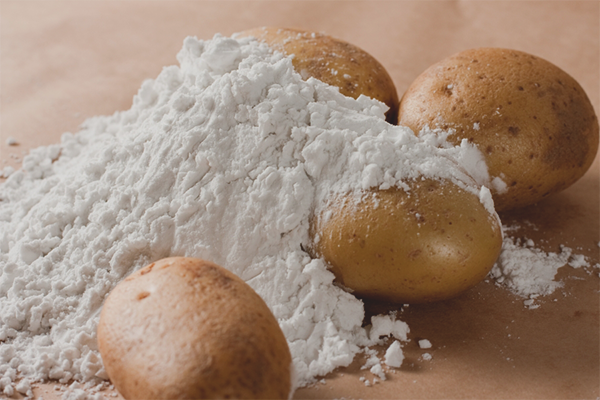

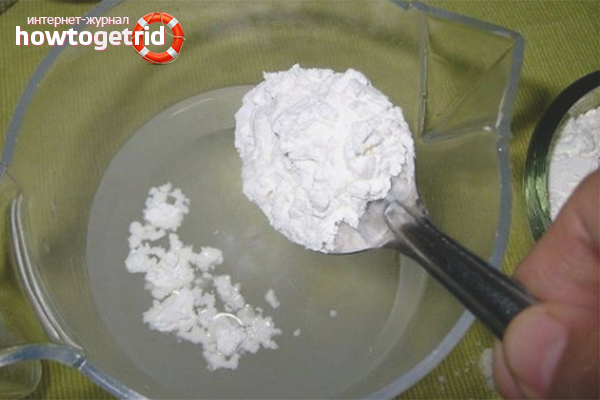

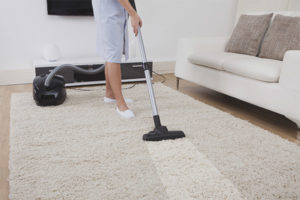

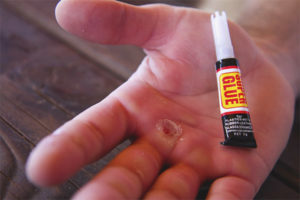
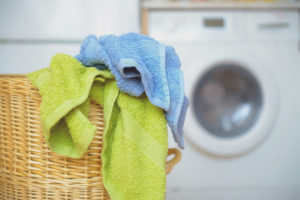
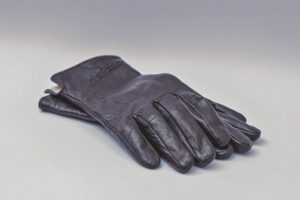

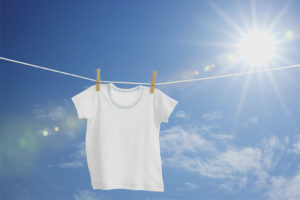
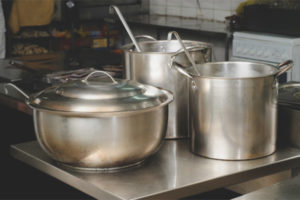
To send